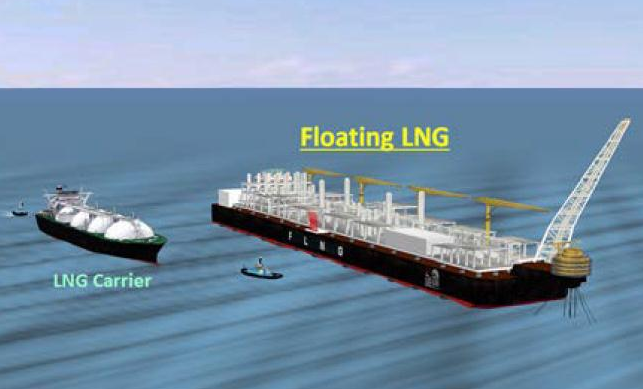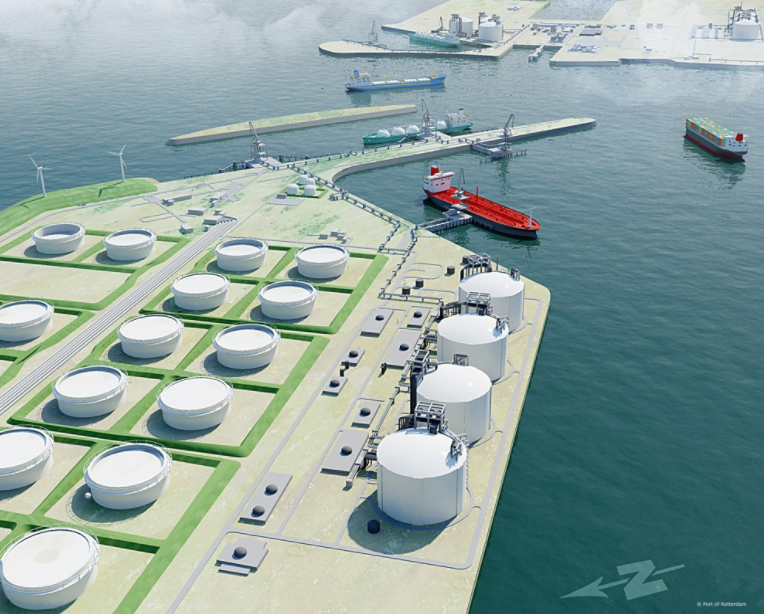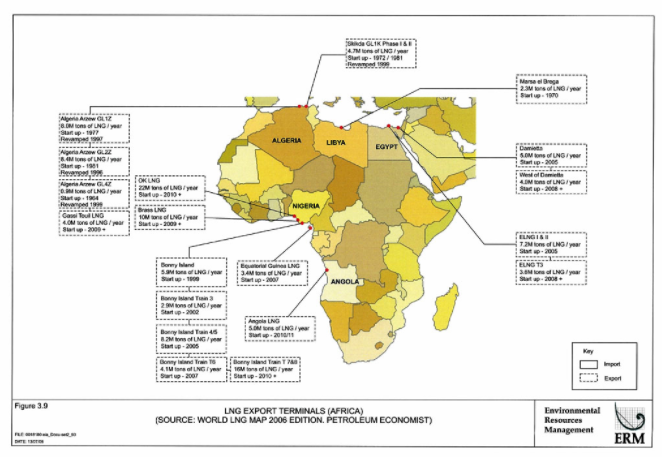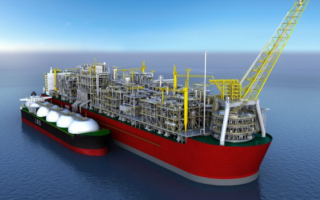China already dominates the global market for solar panels and is a major supplier of coal-fired power plants, aided by easy money, cheaper labour and state support.
Now, with Beijing pushing President Xi Jinping's "Belt and Road" vision of expanding trade links between Asia, Africa and Europe, it is turning to FLNG to bring high technology work to its shipyards and create jobs - a strategic priority.
FLNG is also attractive to resource-rich but debt-burdened African countries. Projects can sail into place, drop anchor, and begin exporting for much less than the cost of onshore plants, the price of which quadrupled in the decade to 2013.
That, at least, is the theory. The reality is that the technology remains complex. Royal Dutch Shell's mammoth Prelude FLNG plant, for example will be aboard the world's biggest floating structure, but must squeeze the equipment into a quarter of the space occupied by an LNG plant on dry land.
Wave motion and ocean currents add to the difficulties.
The $12.6 billion Prelude project, which is due to start operating off Australia in 2018, is typical of those conceived during the era of high energy prices. However, spot LNG prices have fallen 70 percent since early 2014 and are expected to remain under pressure or drop further due to extra supply from new conventional plants in Australia and the United States.

Despite this, some producers and buyers are banking on the glut ending early in the next decade, although they don't want to lock themselves into big projects, preferring smaller, more flexible ones like in Africa.
The only operational FLNG project launched in Malaysia last year, with construction of the floating platform costing around $1.6-$1.7 billion. Bankers say this is still too expensive and if the Chinese can build one for $1 billion, they would corner the market.
ESTABLISHED SHIPYARDS
With new investments in costly conventional LNG plants on hold, the only two production projects to advance this year are floating types, in Mozambique and Equatorial Guinea. Both are largely backed by Chinese loans although the platforms are being built by more established Asian shipyards.
Lowden said the two NewAge projects will be wholly financed by Chinese companies and this time also built in Chinese shipyards. "They are more than fully able to handle such projects," he said.

Still, Dutch offshore engineer SBM and JGC of Japan will partner with the Chinese players, including China Offshore Oil Engineering & Construction Ltd.
NewAge expects to sanction both the projects next year.
Last year, China's Wison Offshore & Marine completed the first-ever FLNG ship but it remains unused following the cancellation of a project in Colombia it was intended for.
VERY DEEP POCKETS
As typical Western sources of funding have slowed due to the weak state of the shipping business, highly-capitalised Chinese players believe the market has reached the bottom and are keen to step up lending before the cycle turns and pushes up costs.
"The difference is that in the West banks lend at the top of the market when they have most liquidity, but in China they're smarter and put money in at the bottom," a financier who advises Chinese lenders on LNG shipping deals said.
This month, Chinese banks including Industrial and Commercial Bank of China, and Bank of China committed around 1.75 billion to project finance the Coral South FLNG project in Mozambique, bankers said. ICBC declined comment while BOC did not respond to a request for comment.
By contrast Western commercial banks provided just $200 million in uncovered debt to Coral, to be developed by Italy's Eni, instead of an originally proposed $1.9 billion. They cited uncertainties around FLNG technology and a public debt crisis in Mozambique.
Adam Byrne, Managing Director at ING Bank, said Chinese lenders "have very deep pockets indeed".
"If they decide to, they can support something for even a billion or a billion and a half dollars," Byrne told a shipping conference earlier this month.
AFRICA AND BEYOND
The next big African deal, in Equatorial Guinea, is being financed by China State Shipbuilding Corp with a $1.2 billion loan for Fortuna FLNG, bankers say. This project - which is being developed by UK-listed Ophir Energy, shipping firm Golar LNG and oil services group Schlumberger - will produce 2.2 million tonnes of LNG a year and is expected to be sanctioned within weeks.
China State Shipbuilding Corp (CSSC) also lent $960 million to Golar LNG in 2015 for the first-ever conversion of a conventional LNG tanker into an FLNG platform, which is set to enter operation this year in Cameroon. CSSC declined comment.
All these projects were awarded to established shipbuilders in South Korea, Singapore or Japan, but the experience sets up Chinese developers to take the lead on other projects in Africa and beyond, say consultants and industry sources.
Equatorial Guinea sees scope for another two FLNG projects, its petroleum minister has said, while BP and joint venture partner Kosmos Energy are also eyeing two in the waters of Senegal and Mauritania.

China also has plans for conventional LNG production in Africa. Chinese conglomerate Poly-GCL has begun construction of an onshore LNG facility in Djibouti which will export Ethiopian gas to China, according to Poly-GCL's website.
(Colin Leopold reports for Project Finance International, a Thomson Reuters company; Additional reporting by Shu Zhang and Brenda Goh in Beijing; Editing by Veronica Brown and David Stamp)





